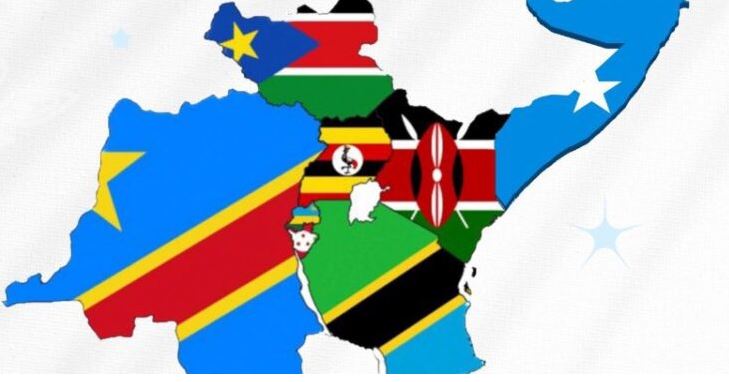The East African Community (EAC) could now potentially realize its single currency aspirations in 2031, it was in Arusha, Tanzania, yesterday.
EAC member states signed the protocol on the establishment of the East African Community Monetary Union (EAMU) in November 2013. The EAMU laid the groundwork for a monetary union within 10 years and allowed the EAC Partner States to progressively converge their currencies into a single currency in the Community.
Tanzania’s The Citizen Newspaper on Thursday reported that EAC Secretary General Veronica Mueni Nduva said on Wednesday that the process has been pushed to 2031.
“The Monetary Union was expected to be established in 2024 as per the Monetary Union Roadmap. However, it was not been realized and the timeline was therefore revised to 2031,” she said.
She was speaking during a roundtable that brought together executives from members of the East African Business Council (EABC) and the council’s management team on one hand and the EAC Secretary General and her management team on the other.
She said so far some aspects of the roadmap have been implemented even as members remain divided on several other aspects.
The aspects include the development of the legal instruments for the establishment of institutions to support the Monetary Union. The instruments, she said, were currently in various stages of approval process or operationalization.
Additionally, she noted that central banks within the EAC have established the East African Payments System (EAPS), a multicurrency platform that enables settlements in the local currencies of the partner states, thereby facilitating currency convertibility across the region.
“Partner States have signed and are implementing an MOU on Currency Convertibility and Repatriation. A legal instrument for the harmonization of excise taxes has been developed and is under consideration by the Sectoral Council on Finance and Economic Affairs. An EAC Avoidance of Double Taxation Agreement has been developed and is under consideration by the Council,” said Ms. Nduva.
There have, however, been delays in obtaining a consensus on which country should host the East African Monetary Institute (Eami). The Eami is a precursor to the East African Central Bank.
The other challenge, she said, was that member states have not managed on the criteria to effectively converge the four macroeconomic fundamentals.
These include a headline inflation rate of eight percent, a foreign exchange reserve cover equivalent to 4.5 months of imports, a ceiling on the overall fiscal deficit set at three percent of gross domestic product (GDP), and a limit on gross public debt capped at 50 percent of GDP for all partner states.
The meeting aimed to outline and present the private sector’s policy advocacy priorities while reviewing the progress on implementing EAC commitments to boost intra- and extra-EAC trade and investment.
The discussions centered on identifying trade and investment barriers faced by the private sector and proposing potential solutions.
On the other hand, Ms. Nduva said the EAC continues to coordinate the implementation of a framework for the liberalization of air transport markets in the region that would encourage competition and lower the cost of airfares through market forces.
In that regard, she said, the EAC has finalized the draft air liberalization regulations and developed draft strategies for reducing the cost of air transport in the EAC region.
In his remarks, EAC Executive Director Adrian Njau emphasized that policy advocacy on trade, investment, and industrialization is a top priority for the EABC.
He noted that these efforts aim to remove barriers and enhance both intra-EAC and external trade and investment opportunities.
The EABC, he said, believes that active participation of the private sector in the integration process would sustain the EAC as the fastest-growing economic bloc on the continent.
This year, the EAC’s economy is projected to grow at 5.1 percent, up from 4.9 percent in 2023.
“Through public-private partnerships and a conducive business environment, the share of intra-EAC trade can grow from the current 15 percent to 40 percent by 2028,” he said, adding; “In 2023, the intra-EAC grew by 14 percent to $12.2 billion.
This was, however, just 15 percent of total EAC trade, indicating that the remaining 85 percent was between the EAC and the rest of the world.
Njau reported that EAC exports to the rest of the world rose to $26.9 billion in 2023, up from $25 billion in 2022.
He also highlighted that exports to Africa were $9.7 billion in 2023, matching the total value of imports from Africa, which increased from $7.9 billion in 2022 to $9.7 billion.
He called upon participants to deliberate on what needs to be done differently to industrialize and deliver employment opportunities to the EAC’s growing youth population.




